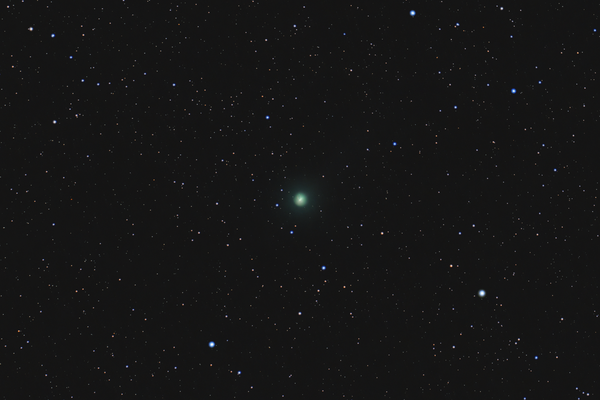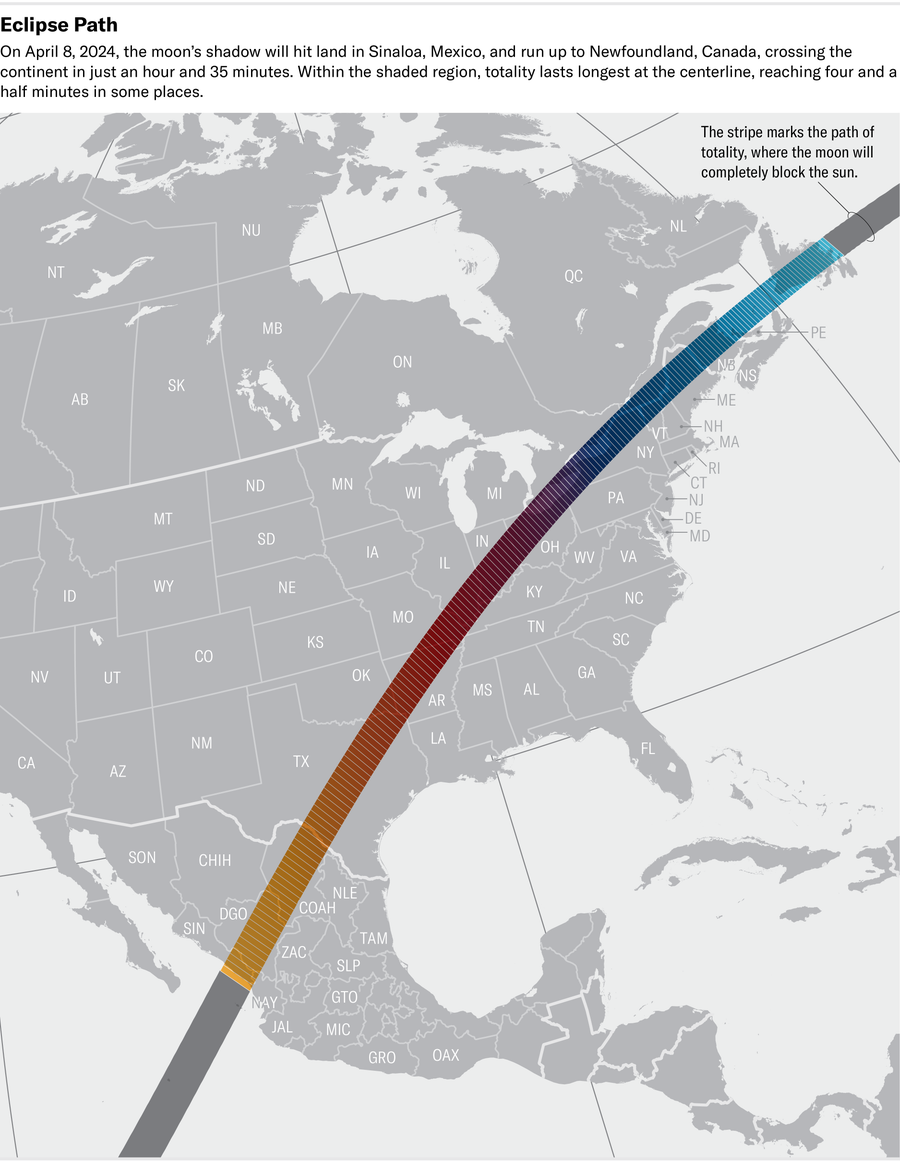February 23, 2024
3rd A thousand studies
Stunning comet This April can photobombs for the total sunrise
Comet 12P / Pons-Brooks will be closest to the sun from Zero to the Sun immediately after treatment with common sunscreen, North America

12P / Pons-Brooks is a Halley-type comet with a 71-year orbital period. It was discovered in 1812 and later recovered during the transitions in 1883 and 1954. In April 2024, 4.5 (visible in the naked eye) during the passage is expected.
This article is part of Special Report The general solar eclipse will be seen from the parts of the United States, Mexico and Canada on April 8, 2024.
On April 8, Mexico will look at the second such an arrest in the United States in less than each other in the United States and Canada. However, this time a comet can be photobombing on the screen.
In 1812, Comet was discovered in 1812, a dirty ice ball, which is the official who is famous as 12p / pons-brooks. COMET During the current passage of the 12P, professional and amateur astronomers observed a number of performances from the harmful ice ball that gave the horns won nicknames as Millennium Sahin and Devil Comet.
In order to support science journalism
If you enjoy this post, consider supporting our reward winning journalism Subscribe. Taking a subscription today helps ensure that effective stories about discoveries and opinions that form our world.
“This is one of the brightest comets in history,” he said.
And Comet will approach the sun closest to the Sun in the second in 12p, 21 weeks after the general solar eclipse. Timing means that Comet seems about 25 degrees away from the sun in total period. (You can be used to measure about 10 degrees in the sky in the sky in the sky.

Credit: Katie Peek; Source: NASA (Eclipse Track Information(
A total of 12p the comet can be won in society. Although the sun will be blocked a day, the sky will not reach the night hues – it will be the external atmosphere of twilight and our star, or Corona, as well as shining. Based on current observations, the comet can only seem difficult in the bare eye during the total or the Sky Watchers need binoculars to stain it.
“If they don’t see the Comet, I do not want people to be disappointed,” Kokotanekova says. “If people expect to see something extremely bright in a dark sky, I think it will be more difficult than this if we don’t have much luck with a speech.”
However, if the comet cooperates, it may seem brighter. Because the comets are known for 12p, dramatic performances, during this period, the ice ball, both ice gas and dust, poured into the surroundings. This causes the fuzzy halo surrounding of the comet.
“It’s some great explosion,” said Kokotanekova Comet 12p. Scientists are still not sure about what causes them – some researchers intended that the cracks on the icy body of Catc or collapsed the gaps on the potential Cagged surface. He says “a lot of unknown area.” “Therefore, we are interested in every comet that does it.”
Whatever the cause of 12p’s secretions, something good, Comet can turn the look of 12p in a summer to the stunner. This shows that our limited approaches from the previous close approaches to the sun, which shows that our scientists are approaching the star-to-another puzzle to resolve our scientists in the coming months.
Although the total solar eclipse and brilliant comets each relatively rare events, Comet 12p would not be the first time in total. A historian, for example, in 418 in Turkey, Turkey has discovered a different comet during a solar eclipse in Turkey. Observers of the late 1800s often traveled the “Sunshine” comets often overcome 850,000 miles. Especially noteworthy, in 1997, Comet Hale-Bopp, just two weeks of the general sunset approach to the ground. Comet 12p / Pons-Brooks should wait a little longer to see how to compare it.




